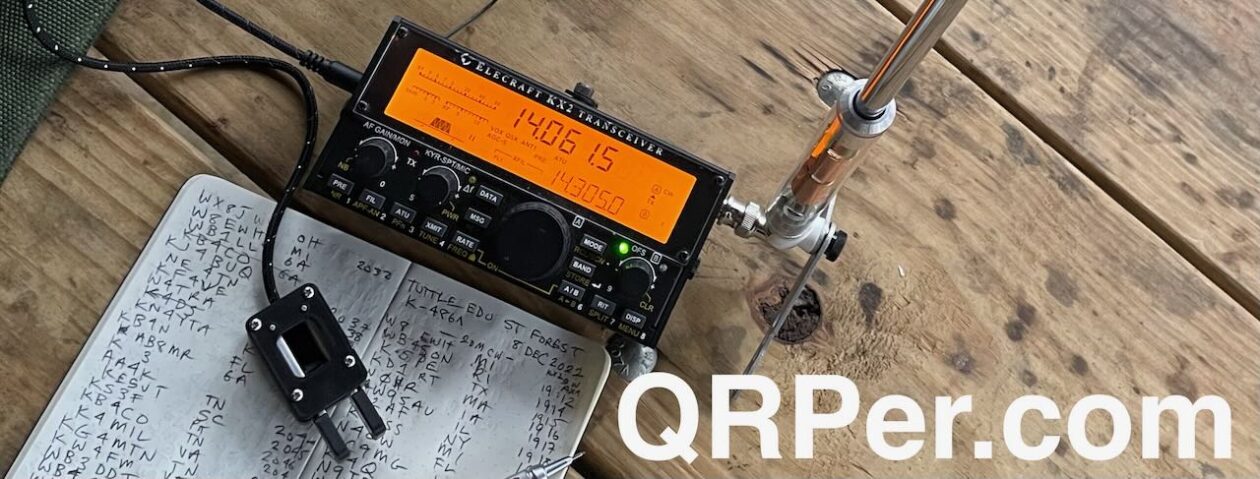Many thanks to Karl (K5KHK), who shares the following guest post, which initially appeared on his ham radio blog:
POTA Spotting via Low Earth Orbit
by Karl (K5KHK)
For way too long, I have had the “Working from 200 different units” awards dangling in front of my face: I was at 197 unique parks activated. Only three more! Sunday 11/3/24 was a beautiful day with nothing else to do, so I was planning to hit the road. I needed three parks that I had not yet activated and I wanted them to be relatively close to each other.
A while ago, a created software that takes my activation stats from the POTA site and marks entities in New York with different colors and symbols based on there type and if I had them activated or now. I looked at the map and found the three closest entities that would not require “special equipment” like a boat.
The first one on the list was Honeye Creek Wildlife Management Area – US-9032 – followed by Honeye Inlet Wildlife Management Area – US-8642. These two are close to each other. My third planned park was about an hour away from the second stop: Rattlesnake Hill Wildlife Management Area – US-8626.
On the Road
I got on the road a little later than planned – this was the day after changing the clocks back to standard time and I wanted to have plenty of daylight left.
At the first stop, everything went smoothly. I put up my 31ft Jackite mast with the 30.5ft random wire going to a 9:1 LDG Unun and a 1:1 LDG choke. The coax then goes to a LDG AT-200Pro II tuner and my Yaesu FT-857D dialed down to 5W. This is my standard configuration when I am operating from the car.
This was my first outing with a new key: The Putikeeg Mini straight key.
I started by looking for active spots on 40m and found one, a minute later, I had KD3D in the log. I looked for a free frequency, spotted myself and finished with 13 contacts in my log about half an hour later.
After a 10 minute drive, I set up at my second location. The little wrinkle in my plan here was that I had no cell coverage to spot myself. My last spot from the earlier park was less than 30 minutes ago, so if I would have called CQ without a new spot, I would have been re-spotted at my previous park. Not what I wanted.
There are of course ways to get spotted without cell service. APRS over HF is an option, SOTAMate via FT8 will work as well, but I wanted to try something new…
Satellites to the rescue!
The recently released iOS version 18 came with a new feature: Apple has supported making emergency calls via low earth orbit (LEO) communication satellites since the iPhone 14, but until recently, this was reserved for contacting emergency services. With iOS 18, this feature was extended to text messages – both SMS and iMessages. Continue reading K5KHK: POTA Spotting via Low Earth Orbit







